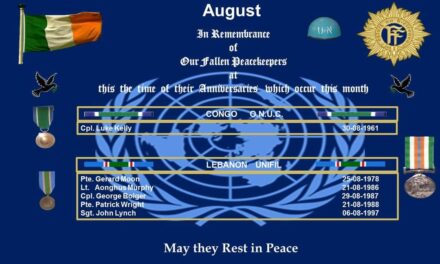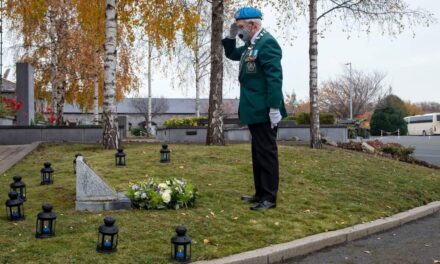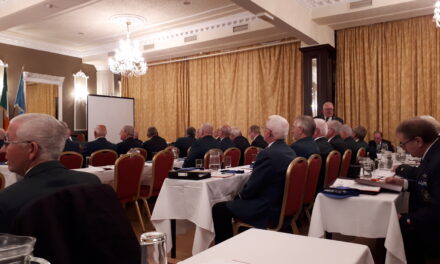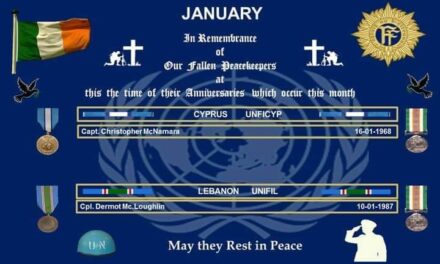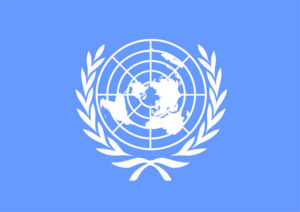FORMING A NEW OPERATION
Initial consultation
As a conflict develops, worsens, or approaches resolution, the UN is frequently involved in a number of consultations to determine the best response by the international community. These consultations would likely involve:
- All relevant United Nations actors
- The potential host government and the parties on the ground
- Member States, including States that might contribute troops and police to a peace operation
- Regional and other intergovernmental organisations
- Other relevant key external partners
During this initial phase the UN Secretary-General may request a strategic assessment to identify all possible options for UN engagement.
Technical field assessment
As soon as security conditions permit, the Secretariat usually deploys a technical assessment mission to the country or territory where the deployment of a UN peace operation is envisaged. The assessment mission analyzes and assesses the overall security, political, military, humanitarian and human rights situation on the ground, and its implications for a possible operation. Based on the findings and recommendations of the assessment mission, the UN Secretary-General will issue a report to the Security Council. This report will present options for the establishment of a peace operation as appropriate including its size and resources. The report will also include financial implications and statement of preliminary estimated costs.
Security Council resolution
If the Security Council determines that deploying a UN peace operation is the most appropriate step to take, it will formally authorise this by adopting a resolution. The resolution sets out the operation’s mandate and size, and details the tasks it will be responsible for performing. The budget and resources are then subject to General Assembly approval.
Appointment of senior officials
The Secretary-General normally appoints a Head of Mission (usually a Special Representative) to direct the peacekeeping operation. The Head of Mission reports to the Under-Secretary-General for Peace Operations at the UN Headquarters.
The Secretary-General also appoints a peace operation’s Force Commander and Police Commissioner, and senior civilian staff. The Department of Peace Operations (DPO) and the Department of Operational Support (DOS) are then responsible for staffing the civilian components of a peace operation.
Planning
In the meantime, the Head of Mission, DPO and DOS lead the planning for the political, military, operational and support (i.e., logistics and administration) aspects of the peace operation. The planning phase usually involves the establishment of a Headquarters-based joint working group or integrated mission task force, with participation of all relevant UN departments, funds and programmes.
Deployment
Deployment of an operation proceeds then as quickly as possible, taking into account the security and political conditions on the ground. It often starts with an advance team to establish mission headquarters and leads to a gradual build-up to encompass all components and regions, as required by the mandate.
Who provides peacekeepers?
The UN has no standing army or police force of its own, and Member States are asked to contribute military and police personnel required for each operation. Peacekeepers wear their countries’ uniform and are identified as UN peacekeepers only by a UN blue helmet or beret and a badge. Civilian staff of peace operations are international civil servants, recruited and deployed by the UN Secretariat.
Reporting to the Security Council
The Secretary-General will then provide regular reports to the Security Council on the implementation of the mission mandate. The Security Council reviews these reports and briefings, and renews and adjusts the mission mandate, as required, until the missions is completed or closed.


